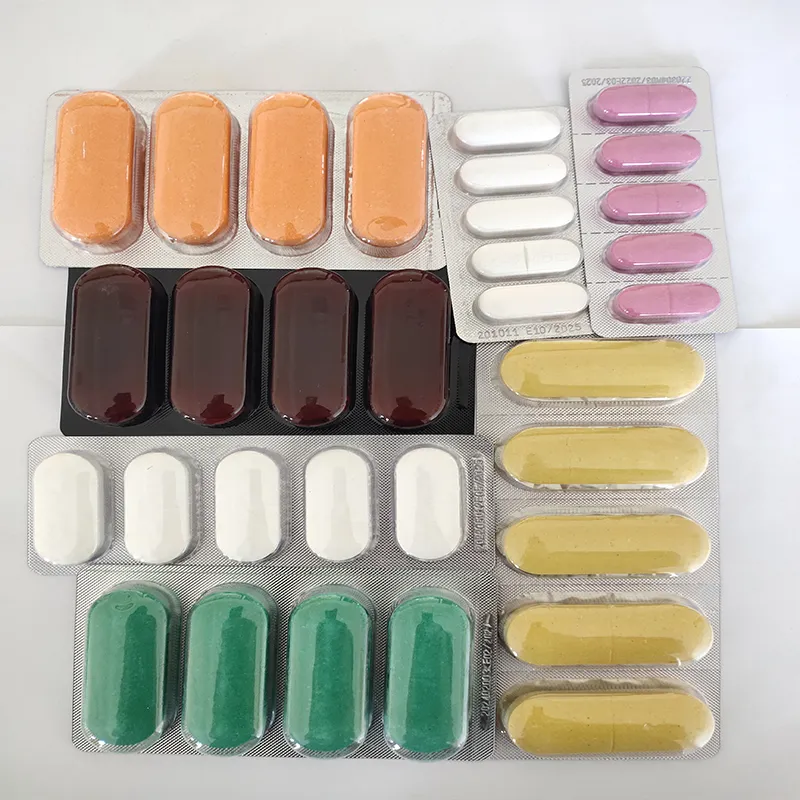- Afrikaans
- Albanian
- Amharic
- Arabic
- Armenian
- Azerbaijani
- Basque
- Belarusian
- Bengali
- Bosnian
- Bulgarian
- Catalan
- Cebuano
- Corsican
- Croatian
- Czech
- Danish
- Dutch
- English
- Esperanto
- Estonian
- Finnish
- French
- Frisian
- Galician
- Georgian
- German
- Greek
- Gujarati
- Haitian Creole
- hausa
- hawaiian
- Hebrew
- Hindi
- Miao
- Hungarian
- Icelandic
- igbo
- Indonesian
- irish
- Italian
- Japanese
- Javanese
- Kannada
- kazakh
- Khmer
- Rwandese
- Korean
- Kurdish
- Kyrgyz
- Lao
- Latin
- Latvian
- Lithuanian
- Luxembourgish
- Macedonian
- Malgashi
- Malay
- Malayalam
- Maltese
- Maori
- Marathi
- Mongolian
- Myanmar
- Nepali
- Norwegian
- Norwegian
- Occitan
- Pashto
- Persian
- Polish
- Portuguese
- Punjabi
- Romanian
- Russian
- Samoan
- Scottish Gaelic
- Serbian
- Sesotho
- Shona
- Sindhi
- Sinhala
- Slovak
- Slovenian
- Somali
- Spanish
- Sundanese
- Swahili
- Swedish
- Tagalog
- Tajik
- Tamil
- Tatar
- Telugu
- Thai
- Turkish
- Turkmen
- Ukrainian
- Urdu
- Uighur
- Uzbek
- Vietnamese
- Welsh
- Bantu
- Yiddish
- Yoruba
- Zulu
নভে. . 30, 2024 03:07 Back to list
Fluocinolone Acetonide with Gentamicin Sulfate for Enhanced Skin Treatment Solutions
Fluocinolone Acetonide and Gentamicin Sulfate An Overview of Their Combined Use in Dermatology
Fluocinolone acetonide and gentamicin sulfate are two potent medications frequently utilized in dermatological practice. Together, they form a combination therapy that has garnered attention for its effectiveness in treating various skin conditions. This article will explore the properties of these two agents, their mechanism of action, and their clinical applications, as well as considerations regarding their use.
Understanding the Components
Fluocinolone Acetonide is a synthetic corticosteroid that offers anti-inflammatory, antipruritic, and vasoconstrictive properties. As a medium-potency corticosteroid, it is effective in managing various dermatologic conditions characterized by inflammation and itching, such as eczema, dermatitis, and psoriasis. By inhibiting the inflammatory response, fluocinolone acetonide helps to reduce erythema, edema, and discomfort of the skin.
Gentamicin Sulfate, on the other hand, is an aminoglycoside antibiotic that is effective against a broad spectrum of gram-negative and some gram-positive bacteria. It works by inhibiting bacterial protein synthesis, thus eradicating the infection. In dermatology, gentamicin is often used to treat localized infections, particularly those that may occur alongside inflammatory conditions.
Mechanism of Action
The combination of fluocinolone acetonide and gentamicin sulfate takes advantage of the complementary actions of both drugs. Fluocinolone alleviates inflammation and inhibits the immune response, while gentamicin targets bacterial pathogens. This dual-action approach is especially beneficial in treating conditions like stasis dermatitis, where an inflammatory skin condition may be compounded by a secondary bacterial infection. By addressing both the inflammation and infection, this combination enhances healing and improves patient outcomes.
Clinical Applications
The combined use of fluocinolone acetonide and gentamicin sulfate is particularly indicated in conditions such as
fluocinolone acetonide gentamicin sulfate

1. Infected Dermatitis It is often prescribed for dermatitis that has become infected, as the topical corticosteroid reduces inflammation while the antibiotic controls the infection.
3. Psoriasis While psoriasis is primarily an inflammatory condition, any accompanying infections can worsen its presentation. The combination provides a multifaceted approach to treatment.
4. Pressure Ulcers and Wounds In chronic wounds, such as pressure ulcers, the risk of infection is always present. This therapy can be useful in managing these wounds, reducing inflammation and preventing infection simultaneously.
Considerations and Side Effects
Despite its efficacy, the use of fluocinolone acetonide and gentamicin sulfate should be approached with caution. Prolonged use of topical corticosteroids may lead to skin thinning, striae, and the potential for systemic absorption, particularly in larger areas or under occlusive dressings. Additionally, the use of antibiotics can lead to the development of antibiotic resistance, further complicating treatment options.
Patients using this combination should be monitored for any signs of local irritation, allergic reactions, or secondary infections. It is recommended that these medications be used for a limited duration, and patients should be encouraged to report any side effects or lack of response.
Conclusion
Fluocinolone acetonide and gentamicin sulfate serve as a powerful duo in the treatment of various dermatological conditions. Their combined effects on reducing inflammation and combating infection make them a valuable tool in clinical practice. However, careful consideration of potential side effects and antibiotic resistance is essential in ensuring their safe and effective use. Healthcare providers must tailor the treatment plan to each individual patient's needs, balancing efficacy with safety to achieve optimal outcomes in dermatological care.
-
Guide to Oxytetracycline Injection
NewsMar.27,2025
-
Guide to Colistin Sulphate
NewsMar.27,2025
-
Gentamicin Sulfate: Uses, Price, And Key Information
NewsMar.27,2025
-
Enrofloxacin Injection: Uses, Price, And Supplier Information
NewsMar.27,2025
-
Dexamethasone Sodium Phosphate Injection: Uses, Price, And Key Information
NewsMar.27,2025
-
Albendazole Tablet: Uses, Dosage, Cost, And Key Information
NewsMar.27,2025













